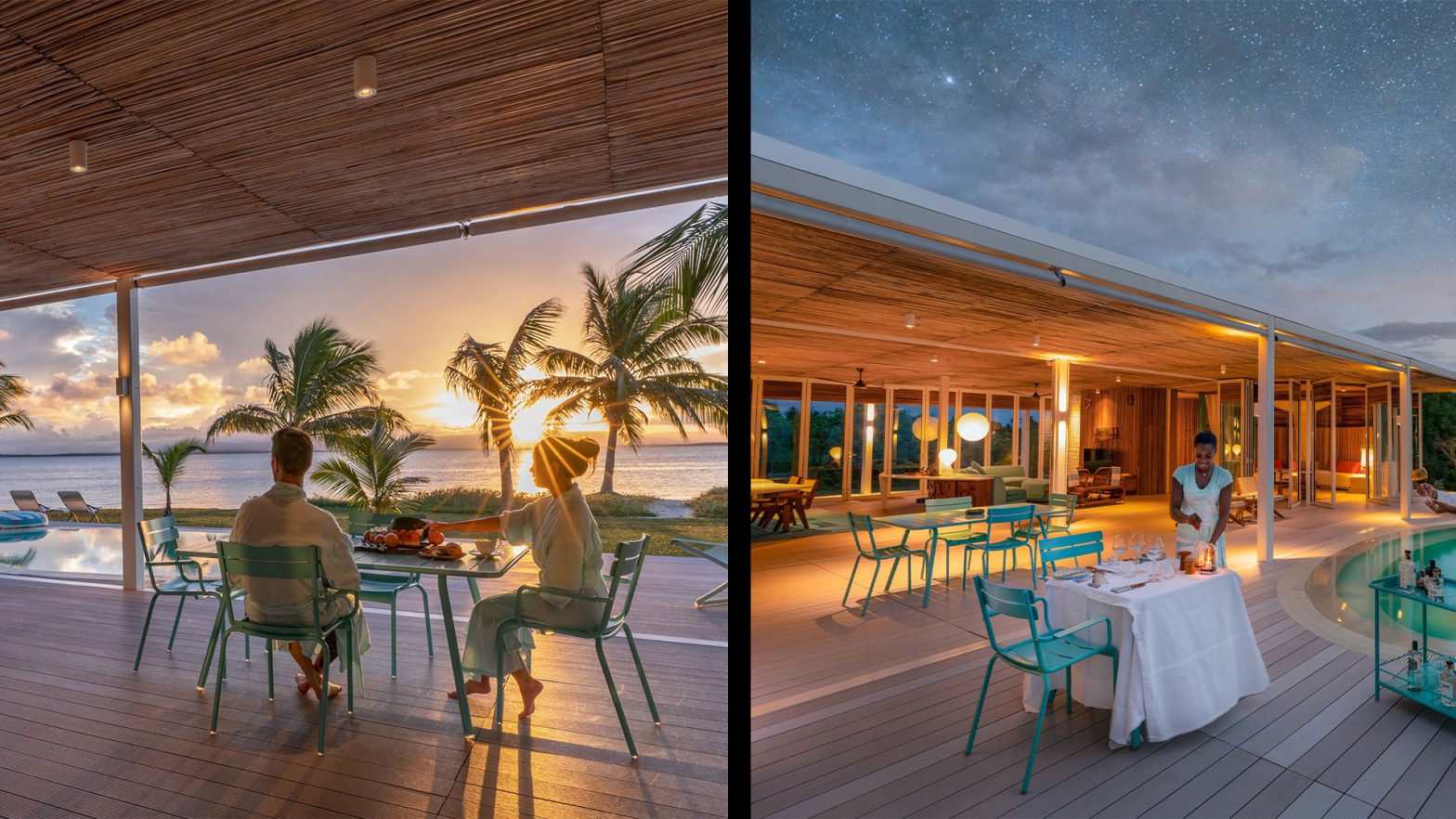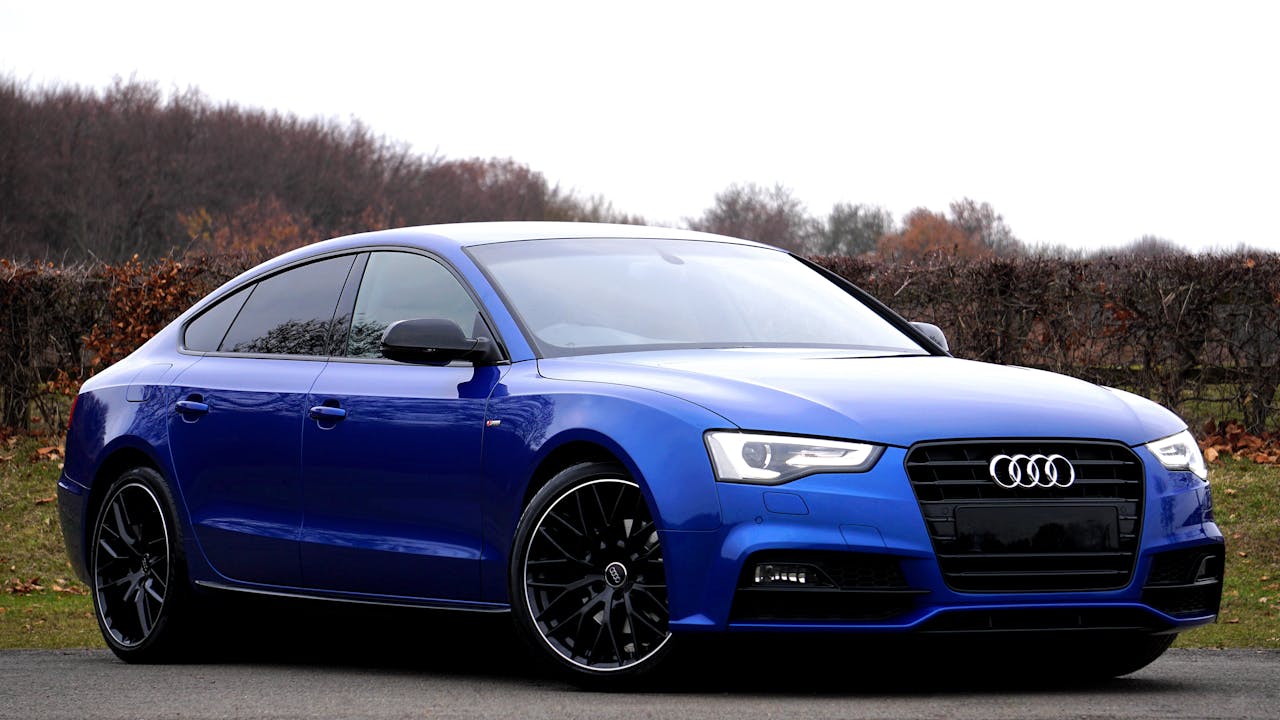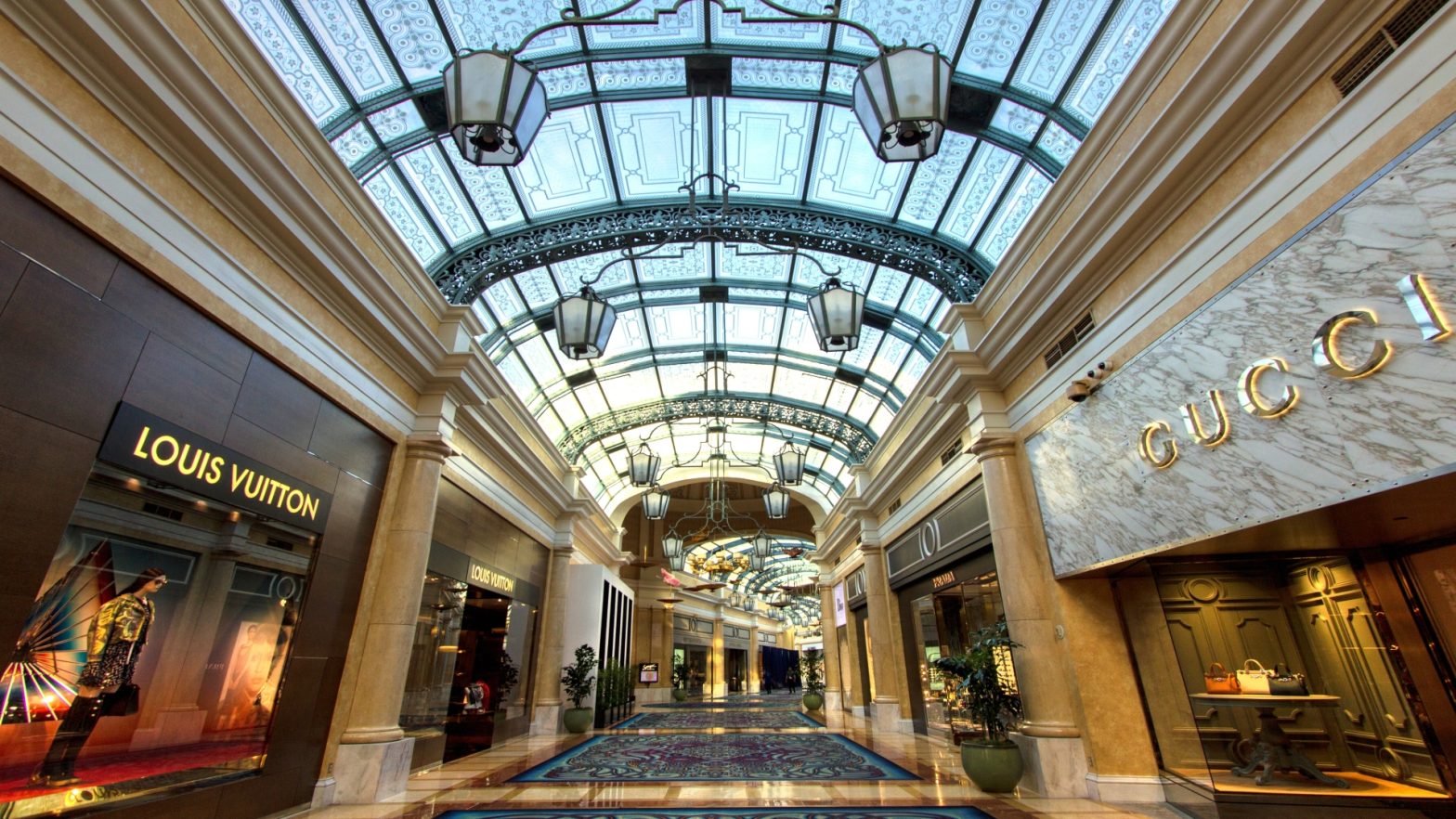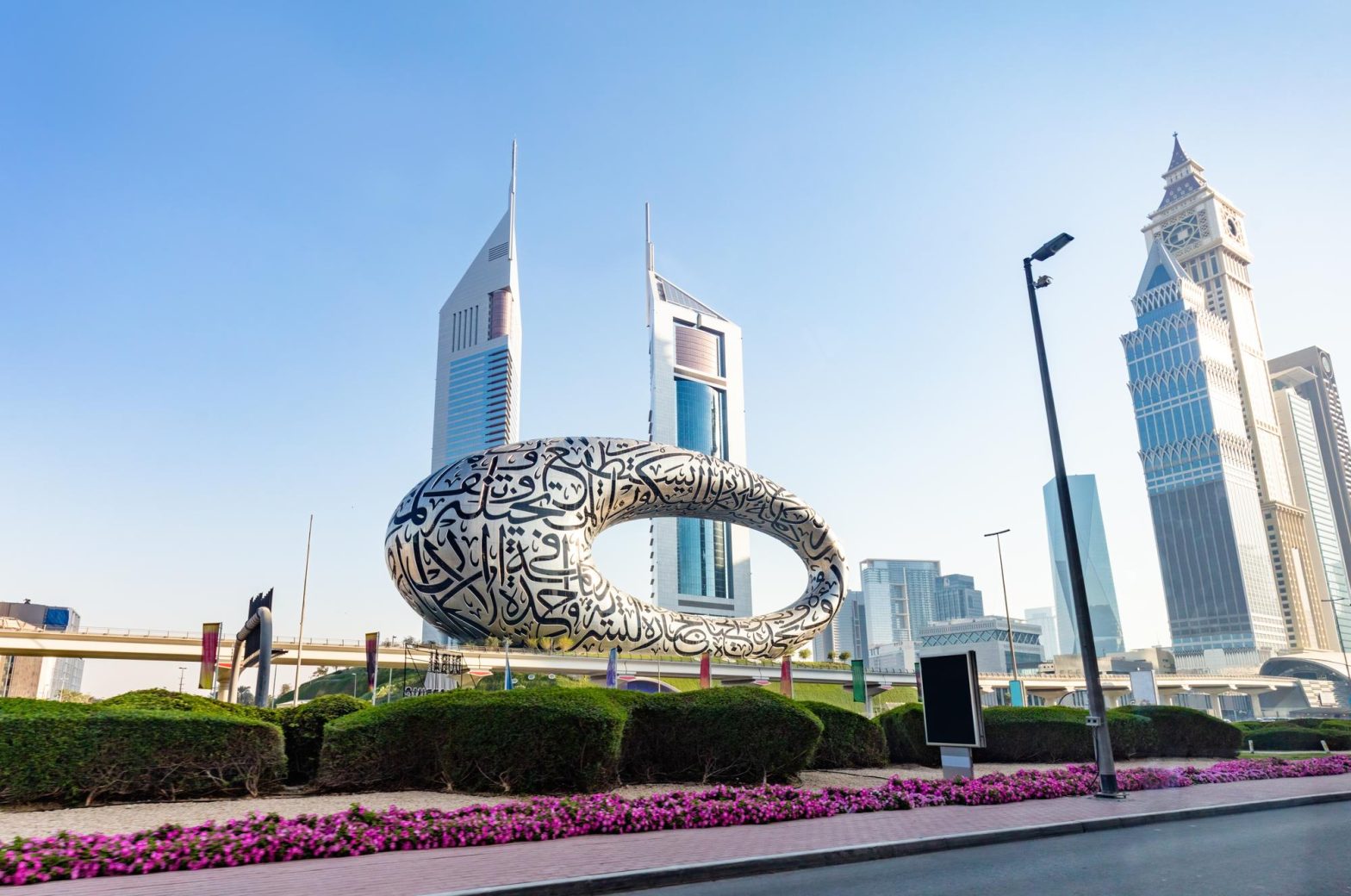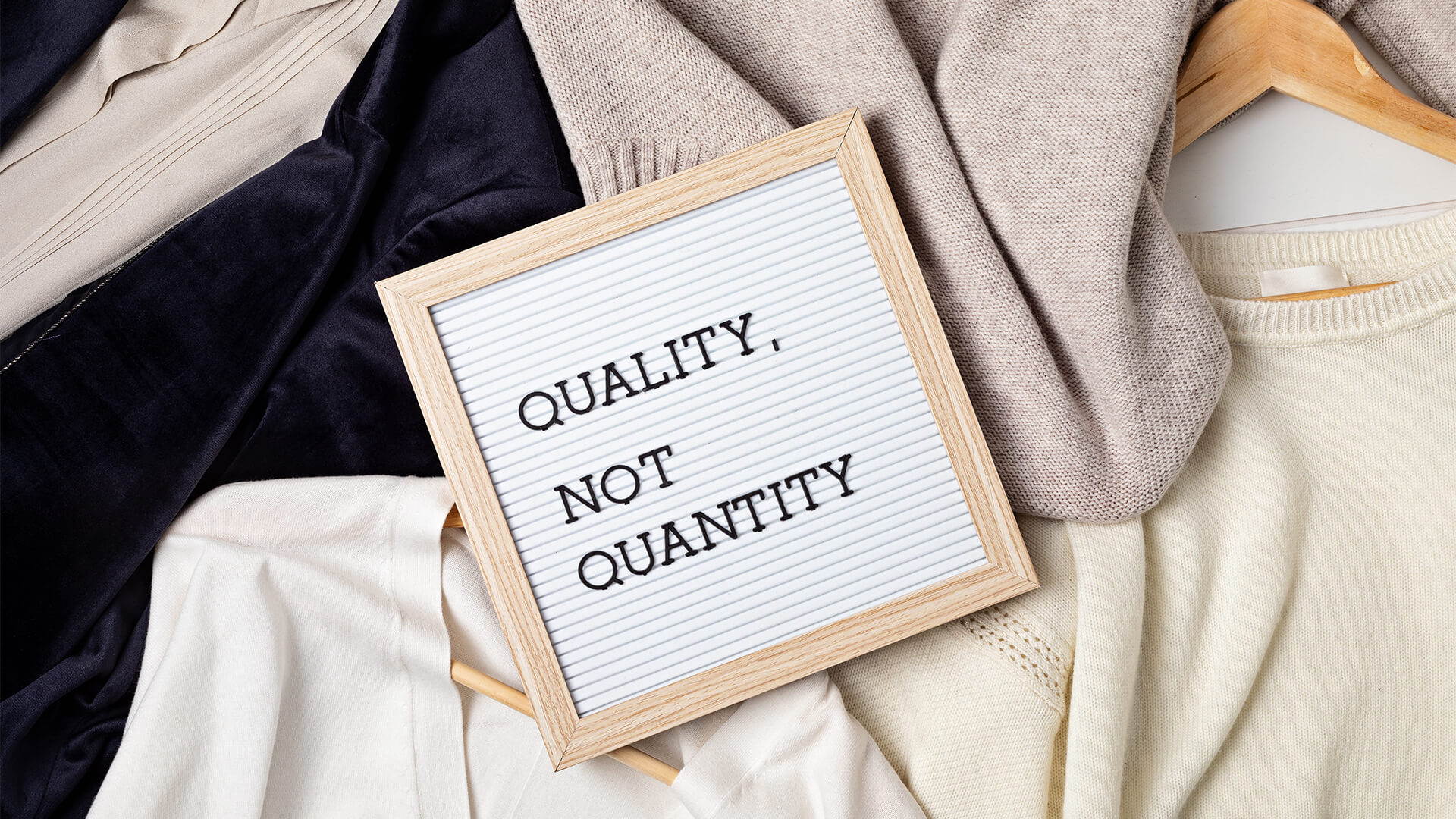
Waste and unsustainable practices in the fashion industry and its long-term effects on the planet, have become an increasing concern among millennials and Gen Z.
As both of these groups are expected to account for 70% of the global personal luxury goods market by 2025, big changes are expected from the luxury sector to tailor to a new consumer mindset.
The Watch Exchange experts reveal some of the ways in which the industry is adapting its processes and products in order to achieve a more sustainable reputation (pun intended).
Why luxury brands are shifting towards sustainability
The fashion industry’s efforts to ensure responsible sourcing and sustainability have evolved into a wholesale rethink of manufacturing and marketing. But what prompted this sudden change? Well, with new generations come a whole new set of values and consumer mindsets. Millennials and Gen Z base many or their purchase decisions on inclusivity, transparency, and sustainability, three core values that are becoming non-negotiable for the new wave of consumers. A recent report on young luxury shoppers found that nearly a third considered a brand’s ethical credentials before making a purchase. In order to seduce the new luxury consumer, the industry has to change.
However, The Watch Exchange adds that “contrary to popular belief, consumers are not the only driving forces behind this change”. Investors are the second most influential shareholders in facilitating the shift towards shaping a more sustainable future in the fashion industry. The Watch Exchange reveals that “investors tend to put a lot of attention into the risk profile of their investments and are focusing more on sustainability”. This is because a negative sustainability story could do serious damage to the brand in which they invest. These reasons for selecting more sustainable brands may not be as pure as that of the everyday consumer, but it is still a factor pushing this change in the fast-fashion and the luxury sectors.
Fast Fashion Vs Luxury Fashion
The call to prioritize sustainability comes from research which shows fashion to be the second most polluting industry in the world, after oil. It is not untrue that fast-fashion brands are the ones we tend to blame first for this finding due to the short-term, disposable nature of their products. Luxury fashion, compared to their counterparts, are initially painted in a good light, with luxury products typically having a long lifespan after the point of purchase and its exclusivity preventing overproduction and overconsumption.
However, the luxury fashion sector is not entirely blameless. Luxury brands often pride themselves on producing pieces of high-quality that reflect a brands heritage and values. To achieve such results, luxury brands require the highest standard of fabrics, dyes, and other production materials. Consequently, large quantities of natural resources are poured into creating these perfect quality pieces, and some luxury brands have even been known to discard sub-par or inadequate material as well as incinerating pieces that didn’t sell in the market, as they did not wish to lose the ‘exclusivity’ of their products. For instance, in 2018, Burberry sent 28.6 million Euros worth of products to the incinerator.
What changes are currently in progress?
Many Luxury fashion brands have taken their first steps towards sustainability, while others have truly integrated sustainability into their brands core values. A suitable example of this can be seen through the perfume brand Etat Libre d’Orange. In May of 2018 it launched its Les Fleurs du Déchet (Flowers of the waste), which is a fragrance created using perfume-industry waste. On the other end of the luxury spectrum, Burberry and Kering are among the luxury companies looking to future-proof their business by investing in the development of new materials and technologies like in-vitro leather – lab-grown cow product – and 3D printing.
Likewise, luxury watch brands are also questioning the methods used to obtain the raw materials used in these timepieces. Other ways in which luxury brands can uphold an image of sustainability is through contribution projects to protect the planet. For example, Rolex, through its Perpetual Planet Initiative, is supporting ocean conservation non-profit Mission Blue in its goal to create a global network of Hope Spots, areas that deserve protection as they are home to vital marine ecosystems.
Creating a circular economy
Due to the longevity and exclusivity of luxury pieces, many people who wish to dispose of them can turn to online consignment sites to upcycle their luxury goods, and in return receive its monetary value. Major luxury fashion houses are beginning to understand the benefits. The Watch Exchange confirms that “brands are realising that consignment players are in fact helping to extend the reach and convertibility of their brands”, facilitating the emergence of a circular economy that offers a new way of looking at sustainability.
The Watch Exchange is a prime example of this process, encouraging those who no longer want their luxury watches from brands such as Rolex and Patek Philippe, to trade in their timepiece and receive its monetary value.








